The dairy industry is set to radically increase the use of recycled material in milk bottles thanks to the rollout of a new generation of 'tinted' milk bottle caps.
At present, one of the key barriers to increased use of recycled plastic for milk bottles is discolouration caused by the caps being mixed in with the clear plastic bottles during recycling. The caps solve this problem because they contain a different type of pigment and less of it than standard caps, causing less discolouration.
Robert Wiseman Dairies is the first processor to introduce the caps, and will complete its rollout across all own-label and branded milk bottles next month.
Wiseman MD Billy Keane said the company was "very proud to bring this innovative new cap to the market," adding that the caps would help the industry meet its target of having recycled plastic account for 30% of all plastic used in milk bottles by 2015. At present, recycled plastic accounts for just 10% of material used.
Wiseman's move towards tinted caps follows a WRAP report, which concluded that standard bottle caps were a major barrier to processors' ability to increase the amount of recycled plastic (rHDPE) used in milk bottles, and recommended tinted caps as a "quick win" in increasing use of rHDPE.
Commenting on the Wiseman rollout, WRAP said it was delighted to see its findings being turned into a reality so quickly. Mervyn Jones, WRAP head of products and materials, said WRAP would "continue to work closely with Dairy UK, the dairy sector's trade association, to help see this important measure is implemented throughout the UK." Other major milk processors were working towards introducing a similar cap, he added.
Increased use of recycled plastic is crucial to lowering the carbon footprint of the dairy industry according to the Courtauld Carbon Methodology, a 22% increase of rHDPE in milk bottles produces a 10% reduction in CO2 impact.
At present, one of the key barriers to increased use of recycled plastic for milk bottles is discolouration caused by the caps being mixed in with the clear plastic bottles during recycling. The caps solve this problem because they contain a different type of pigment and less of it than standard caps, causing less discolouration.
Robert Wiseman Dairies is the first processor to introduce the caps, and will complete its rollout across all own-label and branded milk bottles next month.
Wiseman MD Billy Keane said the company was "very proud to bring this innovative new cap to the market," adding that the caps would help the industry meet its target of having recycled plastic account for 30% of all plastic used in milk bottles by 2015. At present, recycled plastic accounts for just 10% of material used.
Wiseman's move towards tinted caps follows a WRAP report, which concluded that standard bottle caps were a major barrier to processors' ability to increase the amount of recycled plastic (rHDPE) used in milk bottles, and recommended tinted caps as a "quick win" in increasing use of rHDPE.
Commenting on the Wiseman rollout, WRAP said it was delighted to see its findings being turned into a reality so quickly. Mervyn Jones, WRAP head of products and materials, said WRAP would "continue to work closely with Dairy UK, the dairy sector's trade association, to help see this important measure is implemented throughout the UK." Other major milk processors were working towards introducing a similar cap, he added.
Increased use of recycled plastic is crucial to lowering the carbon footprint of the dairy industry according to the Courtauld Carbon Methodology, a 22% increase of rHDPE in milk bottles produces a 10% reduction in CO2 impact.







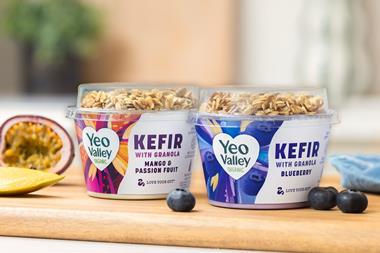
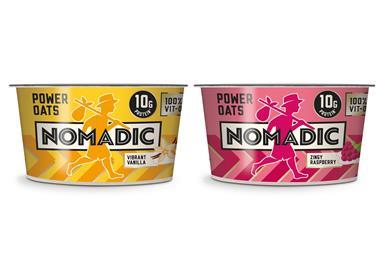
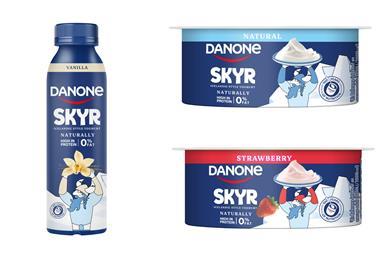


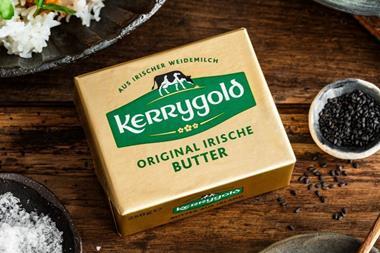

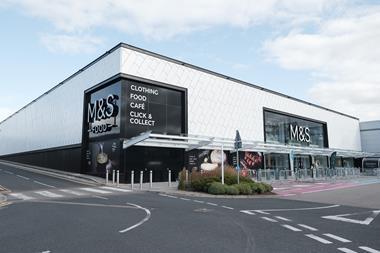
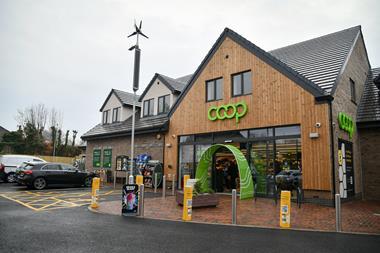
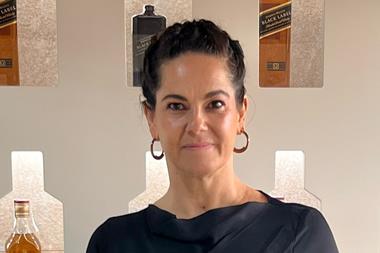
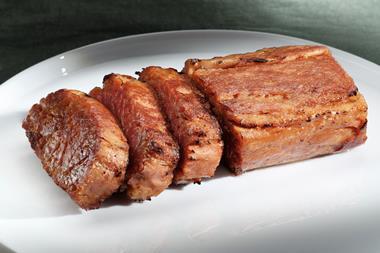
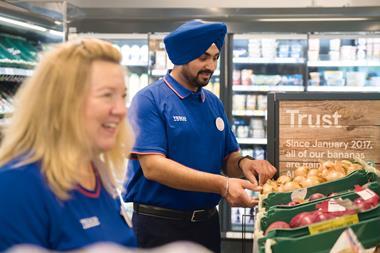
No comments yet